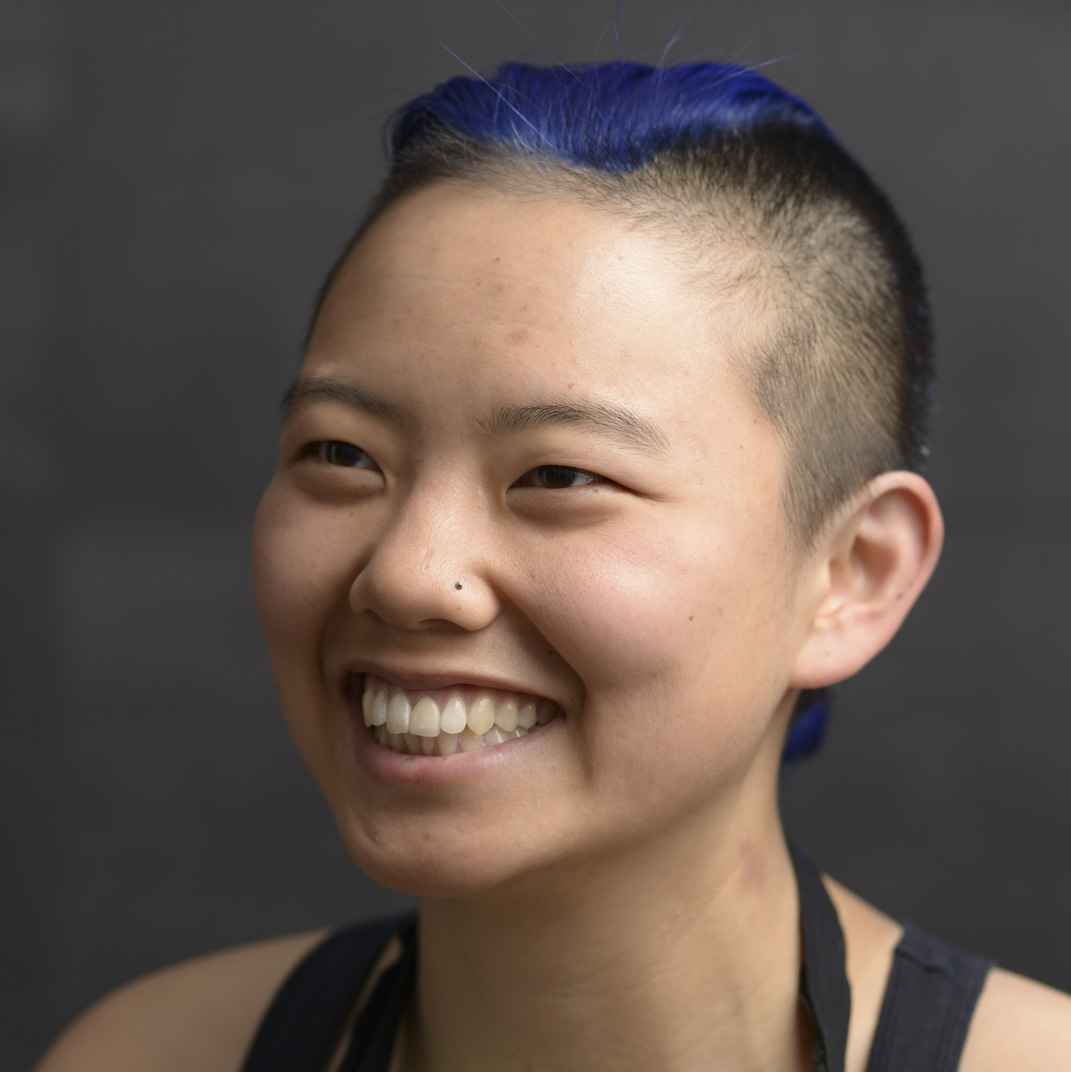From February 2014 to February 2015, I collaborated with the Marine Biology Lab at Woods Hole, USA, to study cuttlefish, an invertebrate marine animal related to octopus and squid, from the perspective of neuroscience. My primary goal was to learn about their behaviour, how to take care of them, and how to modify our lab’s behaviour experiment setups for rats to work with cuttlefish.
During this time, I learned a lot about arduinos and cameras and how to film sea creatures. I took care of cuttlefish in all stages of their life cycle and even developed unique relationships with individuals.
Many thanks to Kendra Buresch, Stephen Senft, Alex Schnell, Andrew Carvey, Arthur Petron, Troy McInerney, Kelsey Cramer, Corinne Cramer, Andrea Rummell, George Bell, Alan Kuzirian, Barbara Burbank, Lyda Harris, Dan Calzarette, and Roger T Hanlon for their support and assistance at Woods Hole during this project. Additional thanks to Adam Kampff and the Intelligent Systems lab for enabling and supporting this collaboration.
Want to learn more?
Visit my online open lab notebook to see my on-going documentation of the Cuttle Shuttle project.
The software used to run the experiment can be found here.
Documentation of the analysis work on the Cuttle Shuttle dataset can be found in the Cuttle Shuttle Analysis github repository.
Want to get involved?
If so, head on over to our Gitter chat room to share your comments, questions, and other feedback! You can also contribute to the project in the following ways:
Help us analyze the Cuttle Shuttle video dataset
- Help us annotate the videos! We want to mark several “moments-of-interest”, such as body pattern changes in response to the prey, tentacle shots, tentacle “peeks”, and moments of deimatic behaviour. We also want to mark the location of the cuttlefish in order to help computers learn how to detect cuttlefish in the face of camouflage behaviour.
- Interested in teaching a computer how to detect camouflaging animals? Use our annotated dataset to train or test your machine learning algorithm, python OpenCV code, or Bonsai workflow, then share your results!
- Are you a field scientist or avid marine filmographer? If you have videos of cuttlefish in the wild that you would like to share, or if you would like to get in touch about conducting field neuroscience, please email me!
Discuss the premises and hypotheses underlying this project
We want to hear your thoughts on the following questions:
- Why do cuttlefish make the “tentacle shot pattern”?
- How much can we read about the cuttlefish nervous system just by looking at their skin, given the tight coupling between neurons and chromatophores?
- What is a brain? What is a nervous system?
- How do we know when something is intelligent, or at least acting intelligently?
- How do cuttlefish see?
Please post your thoughts in our Gitter chat room!
Acknowledgements
Project contributors are listed with the university/institute affiliations they held at the time of data collection on this project (February 2014 thru February 2015).
| Danbee Kim | Project Lead | International Neuroscience Doctoral Programme, Champalimaud Centre for the Unknown |
| Kendra Buresch | Cuttlefish Care Training | Marine Biological Laboratory, Woods Hole, USA |
| Goncalo Lopes | Bonsai assistance | International Neuroscience Doctoral Programme, Champalimaud Centre for the Unknown |
| Andrew Carvey | Arduino assistance | Independent Engineer |
| Roger T. Hanlon | Collaborator, PI of hosting laboratory | Marine Biological Laboratory, Woods Hole, USA |
| Adam Kampff | PhD Advisor | International Neuroscience Doctoral Programme, Champalimaud Centre for the Unknown |
Many additional thanks to
The Intelligent Systems Lab for their continuous and unflagging support and enthusiasm.





Leave a Comment